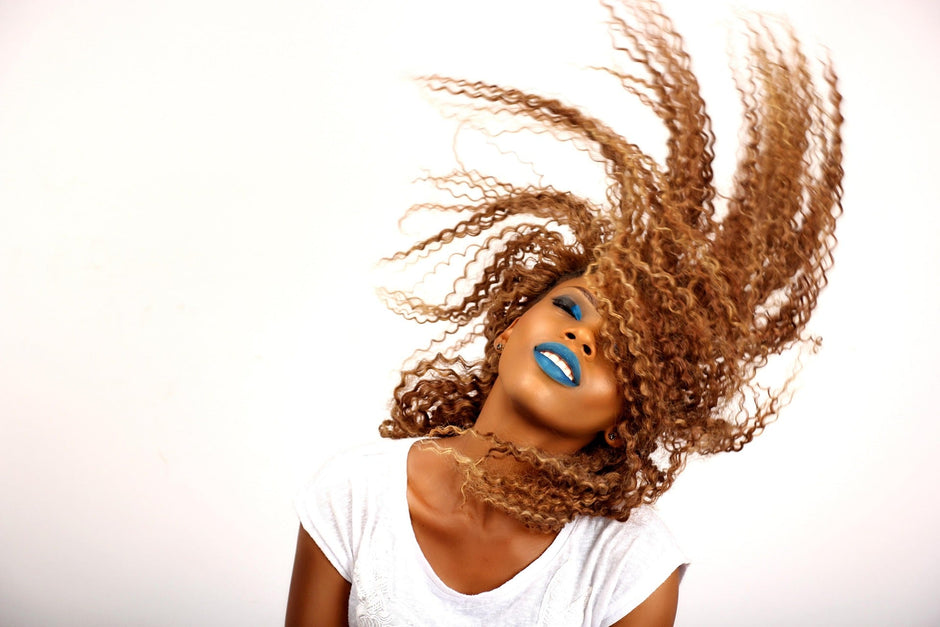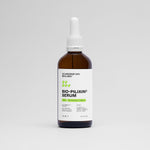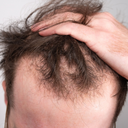Understanding different hair types is essential for proper hair care, styling, and maintenance. One such hair type that often raises questions is coarse hair. This article will delve into the characteristics of coarse hair, how to care for it, and the best products to use, ensuring that anyone with coarse hair can manage it effectively.
Table of content
What is coarse hair?
Coarse hair is a hair type characterized by thicker individual strands. It often feels rougher and can appear more voluminous than fine or medium hair types. This hair type is typically more resilient to damage but can also be prone to dryness and frizz due to its structure. Coarse hair usually has a larger diameter, making it more noticeable and giving it a distinct texture. It may be straight, wavy, or curly, and often requires specific care techniques to keep it healthy and manageable.
As your leading source for hair health information over the past 4 years, we never compromise on accuracy. When it comes to your health, you deserve information you can truly rely on - and earning your trust is our top priority.
Here's how Scandinavian Biolabs ensures every piece of content meets the highest standards of accuracy and integrity:
- Credentialed Experts: Our reviewers are actively practicing doctors and medical researchers
- Stringent Reviews: Content undergoes rigorous editing by subject specialists and review by a practicing doctor.
- Evidence-Based: We rely on well-established research from trusted scientific sources like peer-reviewed journals and health authorities.
- Full Transparency: Our editorial standards, writer credentials, reviewer credentials, correction process, and funding are all publicly documented.
- Independent Voice: While we do promote products, we operate in a vacuum to business operations. Our main goal is just an unwavering commitment to providing medically-sound guidance.
You can count on Scandinavian Biolabs to consistently deliver the trustworthy health information you deserve. Read our Editorial Standards.
What causes hair to be coarse?
The coarseness of hair is primarily determined by genetics. The size of the hair follicle and the structure of the hair shaft contribute to whether hair is fine, medium, or coarse. Environmental factors, such as exposure to harsh weather, chemicals, and heat styling, can also affect the texture of the hair over time. Additionally, certain health conditions and hormonal changes can influence hair texture, leading to a change in the coarseness of hair.
How to identify coarse hair?
To identify whether you have coarse hair, you can perform a simple test. Take a single strand of your hair and compare its width to a piece of sewing thread. If your hair is thicker than the thread, it is likely coarse. You can also assess the texture by feeling your hair. Coarse hair often feels rougher and less smooth than fine hair. Furthermore, when wet, coarse hair may take longer to dry because of its density.
What are the characteristics of coarse hair?
Coarse hair has several distinct characteristics:
- Thickness: Coarse hair strands are thicker compared to fine and medium hair types.
- Texture: This hair type often has a rough texture and may feel dry or brittle if not cared for properly.
- Volume: Coarse hair tends to have more volume and can appear fuller.
- Resilience: Coarse hair is usually more resistant to damage from heat and styling products.
- Frizz: It can be more prone to frizz, especially in humid conditions, due to its structure.
How to care for coarse hair?
Caring for coarse hair requires specific techniques and products to maintain its health and appearance:
- Moisturizing: Use deep conditioning treatments regularly to keep coarse hair hydrated. Look for products with oils, such as argan, coconut, or olive oil.
- Gentle cleansing: Opt for sulfate-free shampoos to avoid stripping natural oils from the hair. Washing less frequently can also help retain moisture.
- Heat protection: Always use a heat protectant before styling with heat tools to minimize damage.
- Wide-tooth combs: Use a wide-tooth comb instead of a brush when detangling to avoid breakage.
- Trimming: Regular trims can help remove split ends and keep coarse hair looking healthy.
Best products for coarse hair
When choosing products for coarse hair, look for those specifically designed for thick or textured hair. Here are some recommendations:
- Shampoos: Look for moisturizing and sulfate-free options.
- Conditioners: Deep conditioners or masks with hydrating ingredients like shea butter or glycerin can provide necessary moisture.
- Leave-in treatments: A good leave-in conditioner can help control frizz and add extra moisture.
- Oils: Natural oils can help seal in moisture and add shine to coarse hair.
- Styling products: Creams or serums specifically formulated for coarse hair can help with styling and frizz control.
Styling tips for coarse hair
Styling coarse hair can be challenging, but with the right techniques, you can achieve beautiful results:
- Air drying: Allow your hair to air dry whenever possible to minimize heat damage.
- Loose styles: Opt for loose hairstyles to avoid tension on the hair and scalp.
- Heat styling: Limit the use of heat styling tools and always use a heat protectant when necessary.
- Embrace texture: Consider styling products that enhance your hair's natural texture instead of trying to change it.
Conclusion
Coarse hair is a unique and beautiful hair type that requires specific care and attention. By understanding its characteristics and implementing proper hair care techniques, anyone with coarse hair can maintain healthy, manageable locks. With the right products and styling tips, coarse hair can be a source of confidence and style.
Tired of Thinning Hair? Try a Clinically Tested Serum.
Looking for a natural way to regrow hair and achieve a thicker, fuller head of hair? Ditch the stinging nettle for hair loss – Bio-Pilixin Serum is a drug-free hair activation serum that delivers clinically tested results.
Here's why Bio-Pilixin is superior:
- Clinically Tested Results: 93% of users saw a reduction in hair loss, and 73% experienced increased hair density.
- Safe and Natural: Unlike harsh chemicals, Bio-Pilixin uses plant growth factors derived from stem cell technology to nourish hair follicles and stimulate growth.
- Fast-Acting: See visible results in as little as 45 days (most typically see results within 150 days).
Stop wasting time on unproven remedies. Bio-Pilixin is the safe & effective serum you've been searching for.
Read more:






